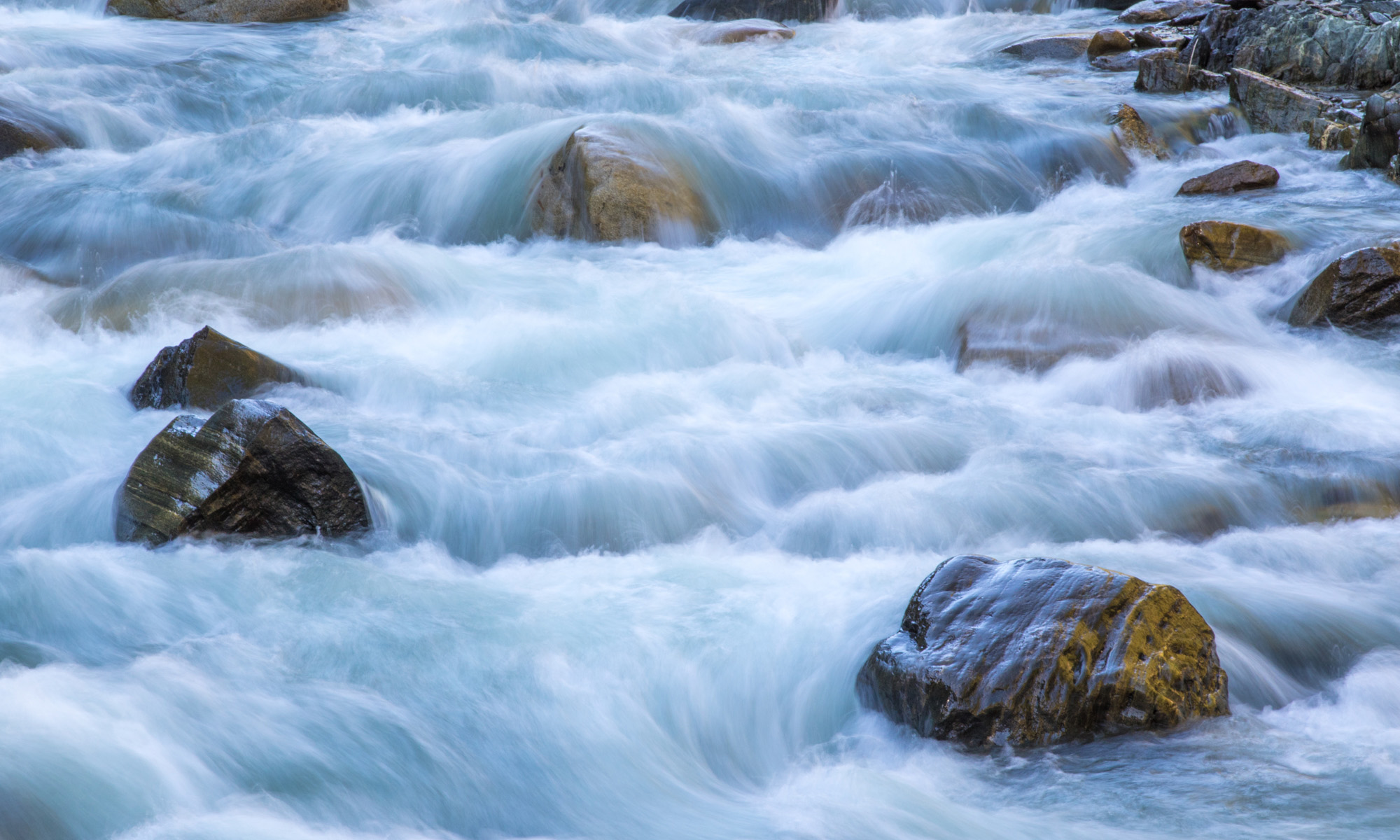Today’s Question: Is there a way to redirect Lightroom Classic to a different location for a folder? I accidentally imported photos from my backup drive rather than the primary drive, and I want to fix this without losing the metadata updates I’ve applied.
Tim’s Quick Answer: Yes, you can change the location Lightroom Classic looks for a folder using the “Update Folder Location” command.
More Detail: The most common scenario where you might need to point Lightroom Classic to a different location for a folder is when that folder is missing. This can be caused by moving a folder to a different location or renaming a folder, for example. In that case you would use the “Find Missing Folder” command to reconnect the Lightroom Classic catalog to the updated location or name for the folder.
In the scenario outlined in today’s question, however, the folder is not missing. Rather, a backup version of a folder was imported rather than the intended source. In other words, there are two copies of the same folder but Lightroom Classic is managing the incorrect folder among the two, and the folder in Lightroom Classic isn’t missing.
In this case you can right-click on the applicable folder in the Folders section of the left panel in the Library module and choose “Update Folder Location” from the popup menu. In the dialog that appears, navigate to the correct location for the folder, and open that folder so it appears at the top-center of the dialog. Then click the Choose button, and the folder location will be updated within your Lightroom Classic catalog.

